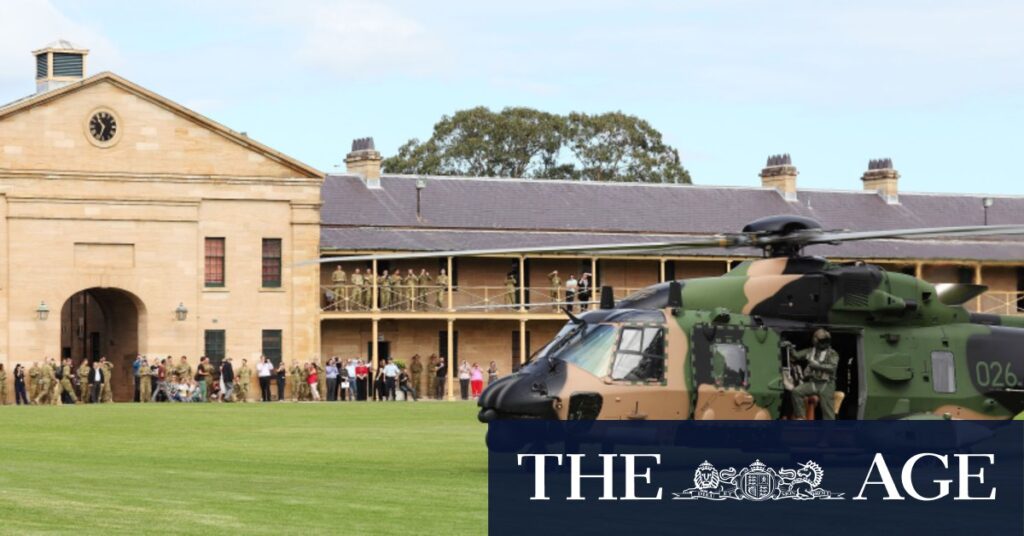
The Albanese government is gearing up to announce a significant overhaul of Australia’s defence property portfolio, a move expected to generate billions of dollars. This decision, however, is likely to face resistance from military leaders as it involves the sale of valuable real estate in major cities like Sydney and Melbourne.
After nearly two years of deliberation, the government is poised to reveal plans for a major consolidation of the 3 million-hectare defence estate. The initiative stems from an audit that has been under review, aiming to streamline the portfolio by selling off properties deemed non-essential for future military needs.
Strategic Review Calls for Bold Decisions
The lead author of the government’s defence strategic review has urged Defence Minister Richard Marles to make decisive moves regarding asset sales, even if it means upsetting military and political figures. Historic sites such as Victoria Barracks in Sydney, Melbourne, and Brisbane are under scrutiny for potential sale and redevelopment.
Minister Marles has indicated that the government’s response to the audit will be disclosed “in the very near future,” with significant changes expected in the defence portfolio’s composition. He emphasized the importance of ensuring that the Defence estate meets the needs of 2025 and beyond.
“Making sure the Defence estate is fit for purpose in terms of Defence’s needs in 2025 is absolutely paramount,” said Marles in parliament.
Public and Political Reactions
Independent MP Rebekha Sharkie expressed concerns from her constituents about the possible sale of South Australia’s Woodside Barracks, highlighting the contentious nature of the proposed overhaul. The City of Sydney, however, has welcomed the idea of converting Victoria Barracks into public green space and housing, addressing the inner-city housing shortage.
Defence is currently the largest landowner in the Commonwealth, with the estate’s resale value estimated at up to $68 billion. The portfolio includes over 1000 properties, such as military bases, barracks, and training ranges.
At a defence conference in June, Marles noted the dual opportunity to save billions and reinvest in critical defence areas while ensuring the estate supports the contemporary Australian Defence Force.
Expert Opinions and Historical Context
Defence officials have conducted extensive work in response to the audit delivered in December 2023. Despite requests from Greens senator David Shoebridge, the review remains confidential, based on visits to 70 sites by independent auditors.
Jan Mason and Jim Miller, the reviewers, were tasked with assessing whether Defence’s urban holdings align with current military needs. The audit’s secrecy has fueled community fears of a widespread land sale.
Assistant Defence Minister Peter Khalil emphasized the need to align the estate with Defence’s capability needs, a sentiment echoed by Peter Dean, principal author of the 2023 defence strategic review.
“A consolidation of the Defence estate is very much overdue and in keeping with recommendations of the review,” Dean stated. “Some decisions will be difficult due to historic and cultural ties, but the estate must be fit for future challenges.”
Implications and Next Steps
The potential repurposing of sites like Victoria Barracks has sparked discussions about preserving heritage while addressing modern needs. Sydney’s Deputy Lord Mayor Zann Maxwell advocates for adaptive re-use rather than demolition, preserving the site’s historical significance.
Retired army major general Fergus McLachlan supports estate consolidation but argues for the preservation of key sites like Victoria Barracks in Sydney and Anglesea Barracks in Hobart, citing their historical importance.
The government’s announcement, expected before Christmas, will likely set the stage for a national debate on balancing heritage preservation with strategic defence needs. As the details unfold, the implications for military personnel, local communities, and urban development remain significant.






